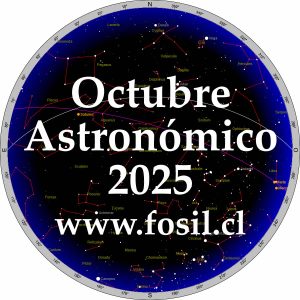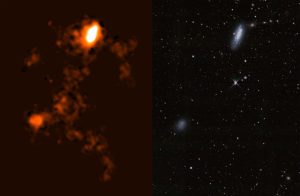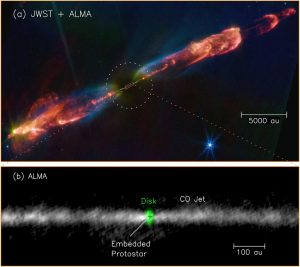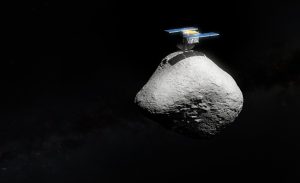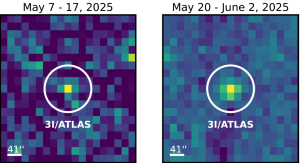Descubriendo los límites de una lupa cósmica
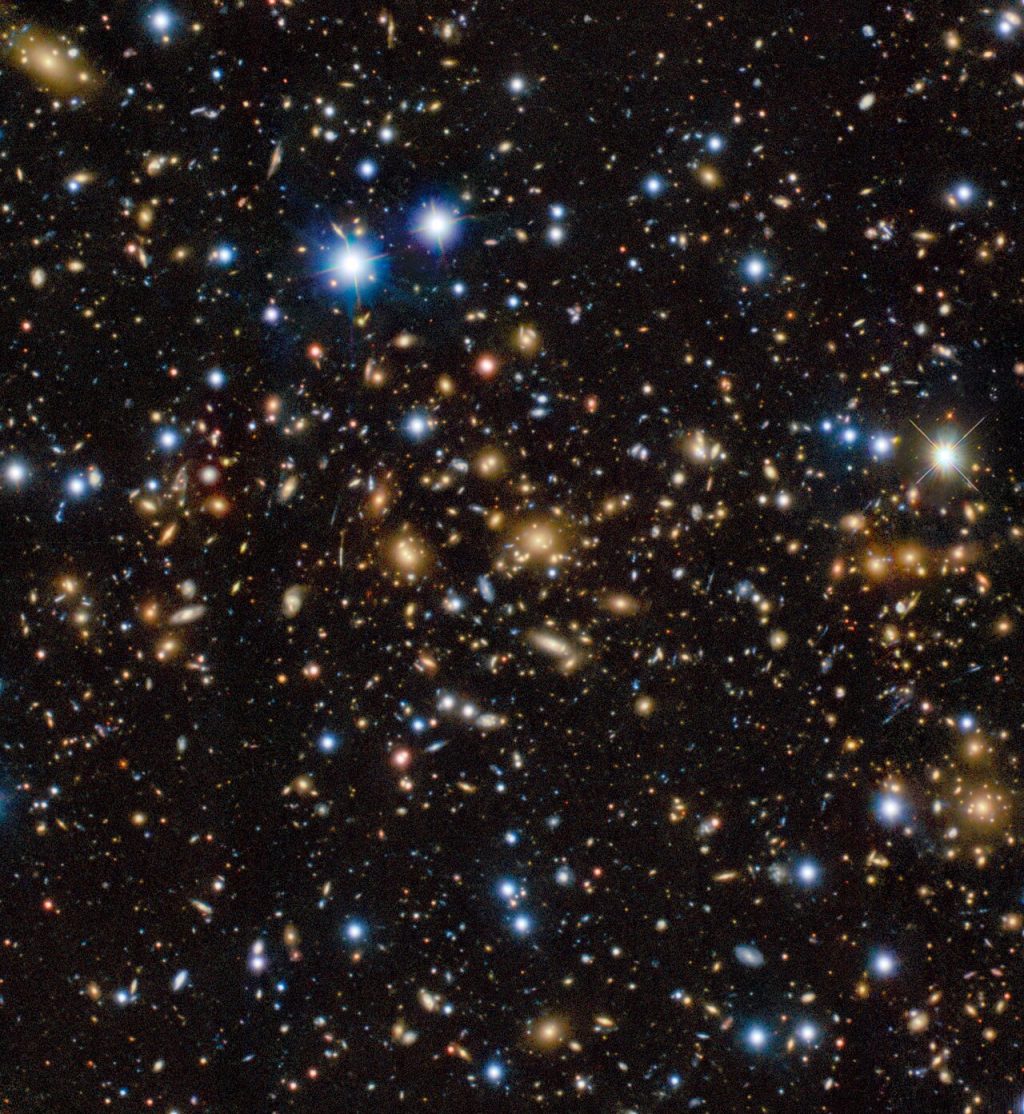
The galaxy cluster MACS J0060.1-2008 (MACS0060) is well known for its strong gravitational lensing effect. This means the cluster is massive enough to curve the space-time around it and bend the path of light from more distant objects. The galaxy cluster acts like a giant magnifying glass, boosting the reach of our telescopes and allowing us to see farther and fainter objects in space. When researchers analyzed a Hubble Space Telescope (HST) image of the MACS0600 cluster, they realized that the cluster's mass as determined from the image was too small to account for the strength of its gravitational lensing effect. The researchers observed the area just east of where the HST image was taken using the Gemini Multi-Object Spectrograph (GMOS) on Gemini North, one half of the International Gemini Observatory, supported in part by the U.S. National Science Foundation and operated by NSF NOIRLab. They found that the HST image only captured a small part of a massive, sprawling cluster. As a result, the researchers have given MACS0600 the nickname ‘Anglerfish cluster,’ in reference to the deep-sea creature that is often only partially visible while the bulk of it remains hidden. Further research will be needed to find the spatial limits of the cluster’s mass, and astronomers are already planning to use this cluster’s magnification powers to study galaxies in the early Universe.
El cúmulo galáctico MACS J0060.1-2008 (MACS0060) es muy conocido por su fuerte efecto de lente gravitacional. Esto significa que el cúmulo es tan masivo que logra curvar el espacio-tiempo a su alrededor y desviar la trayectoria de la luz procedente de objetos más distantes. Este cúmulo galáctico actúa como una lupa gigante, que aumenta el alcance de observación de nuestros telescopios y nos permite ver objetos más lejanos y tenues en el espacio.
Cuando los investigadores analizaron una imagen del cúmulo MACS0600 tomada por el Telescopio Espacial Hubble (HST), se dieron cuenta que la masa del cúmulo —calculada a partir de la imagen— era demasiado pequeña para explicar la fuerza de su efecto de lente gravitacional. Luego, los investigadores observaron la zona situada justo al este de donde se tomó la imagen del HST, utilizando el Espectrógrafo Multi-Objeto de Gemini (GMOS por sus siglas en inglés) en Gemini Norte, una de las dos instalaciones del Observatorio Internacional Gemini, financiado en parte por la Fundación Nacional de Ciencias de EE. UU. y operado por NOIRLab de NSF. Así, descubrieron que la imagen del HST sólo captaba una pequeña parte de un cúmulo enorme y extenso. Como resultado, los investigadores bautizaron a MACS0600 con el sobrenombre de “cúmulo del pez rape”, por su parecido a la criatura de las profundidades marinas que a menudo está semienterrada, y que sólo es visible de forma parcial, mientras que la mayor parte de su cuerpo permanece oculta. Se necesitarán más estudios para determinar los límites espaciales de la masa del cúmulo, y los astrónomos ya están planeando utilizar el poder de su “efecto lupa” para estudiar galaxias del Universo temprano.
Créditos:
International Gemini Observatory/NOIRLab/NSF/AURA
Image Processing: J. Miller & M. Rodriguez (International Gemini Observatory/NSF NOIRLab), T.A. Rector (University of Alaska Anchorage/NSF NOIRLab), M. Zamani (NSF NOIRLab)

